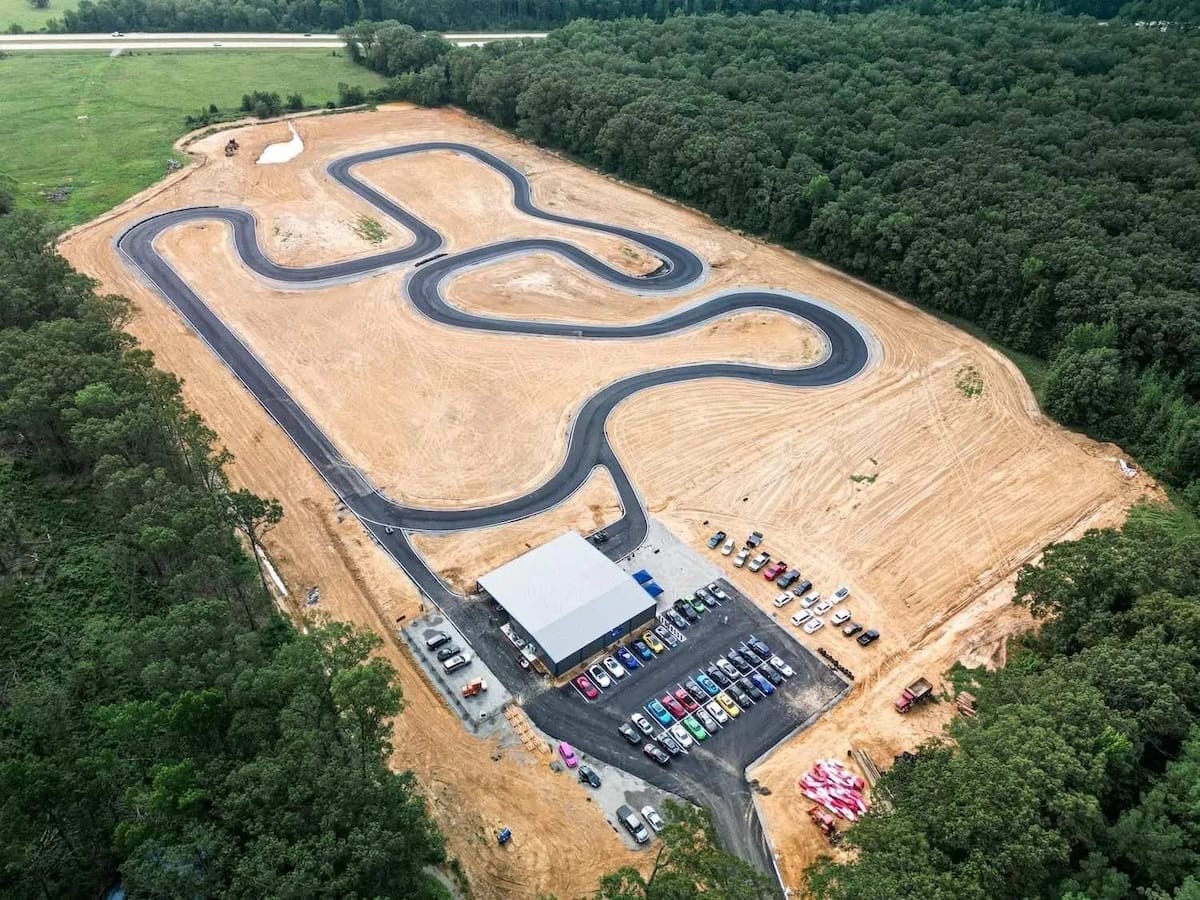

Uh oh...
It appears that you're using a severely outdated version of Safari on Windows. Many features won't work correctly, and functionality can't be guaranteed. Please try viewing this website in Edge, Mozilla, Chrome, or another modern browser. Sorry for any inconvenience this may have caused!
Read More about this safari issue.

The history of Black Americans and civil rights has deep roots in Arkansas. Known for early school desegregation and involvement in the Underground Railroad, Arkansas holds a strong commitment to equality and preservation of its past, even in places where actions taught us lessons to change the future.
Whether commemorating historical marches, hosting musicians or honoring brave men and women, these Black History sites and landmarks hold value in telling the story of African American history in Arkansas, which began as early as 1721. Well-known sites like the Little Rock Central High School National Historic Site, Little Rock Nine “Testament” Statues, and the Mosaic Templars Cultural Center are locations that first come to mind.
However, more Black History sites around the state tell a grander story of historical events:

Camden
Camden Expedition Site in Camden, Arkansas: This expedition and, more importantly, the Battle at Poison Springs, included the involvement of the 1st Kansas Colored Infantry: the first organized African American regiment to be involved in combat during the Civil War.
Helena
Centennial Baptist Church in Helena: Home base for Reverend Dr. Elias Camp Morris until 1922. Morris was the president of the National Baptist Association, the most prominent African-American organization in the United States at the end of the 19th century. It’s the only known building in Arkansas designed by an African-American architect for intentional use by an African-American group.
Freedom Park in Helena: Part of the Civil War Interpretive trail through Helena sharing the story of African Americans from slavery to freedom. The park is also the first listing in Arkansas as a designated site in the National Park Service Underground Railroad Network to Freedom.

Tyronza
HL Mitchell/Clay East building in Tyronza: These businesses were the original gathering sites and headquarters of the Southern Tenant Union, a fully integrated agricultural organization from its beginning. It set a precedent for other organizations developed with a racially integrated, decision-making front. Today this building houses the Southern Tenant Farmer’s Museum.
Hot Springs
Woodmen of Union Building/National Baptist Hotel in Hot Springs: Built in 1923 as the headquarters for the Woodmen of the Union fraternity, an African American social club/union/fraternity, this gave access for African Americans to the medical resort life. In 1950, the National Baptist Association purchased the building and converted it into a bathhouse and hotel.
Batesville
Bethel Church in Batesville: A congregation with traced roots in Arkansas dating to 1866, stemming from the African Methodist Episcopal movement in 1787 in Philadelphia. Many of the stones were hand-cut and laid by minority stonemasons and first officers of the church. Over time, the church held strong educational connections to Shorter College in North Little Rock.
Little Rock
Daisy Bates House in Little Rock is considered the “command post” for the Little Rock Nine desegregation crisis. The home served as a haven and monitoring space for the nine students and their families. Mrs. Bates was the president of the Arkansas chapter of the NAACP.
Taborian Hall in Little Rock is a cornerstone to the historic West Ninth Street district of Black business activity. The building housed the headquarters of national Black fraternities, office space, and an auditorium that provided civic and social outlets for Black business owners.
First Missionary Baptist Church in Little Rock is the oldest African-American church in Arkansas. Its first congregation formed in 1845, and the gothic-style church building was constructed in 1882.
Historic Arkansas Museum in Little Rock: A permanent exhibit, “Giving Voice,” shares the stories of 139 enslaved men, women and children on the land where the museum stands.
Mid-West Trailways Bus Station in Little Rock: The location of the Little Rock Freedom Riders test on bus desegregation along the Civil Rights Trail.
Thornton House in Little Rock: Home to prominent Little Rock physician, Dr. John G. Thornton. He is credited as being the “dean of Black physicians” during his 50-year career. His mother-in-law, Charlotte Andrews Stephens resided with them. She was Arkansas’s first Black public school teacher and held deep family roots in the antebellum Black community.

Texarkana
Municipal Auditorium in Texarkana: Located along the “Rock ‘n Roll Highway 67” and incorporated in the Louisiana Hayride Circuit, this auditorium housed concerts by notable musicians from Louis Armstrong to Dorothea Towles and Fats Domino. In 1956, the hall hosted the first mixed-race performance in Texarkana, anchored by Lois Towles and local trumpeter, Artis L. Brewster.

Fort Smith
Bass Reeves Statue in Fort Smith: Reeves was the first Black US Marshal deputy and was critical to the career and success of Judge Isaac Parker. During his career, Reeves returned 3,000 criminals, only 14 of whom were dead. As a runaway slave, he had a strong knowledge of the nooks and crannies across Western Arkansas and the recently-established Indian Territory. His mark on outlaw justice in Arkansas set him apart from most counterparts.
Madison
Scott Bond Family Plot in Madison: Bond was one of the largest Arkansas landowners at his death and was characterized as a creative businessperson and entrepreneur. While slave-born and self-made, he is noted as the first Black Arkansas millionaire.
Pocahontas
Eddie Mae Herron Center and Museum in Pocahontas: The former St. Mary’s Church/Pocahontas Colored School, houses a 200-year history of slavery, civil rights, and African Americans in the region.
February is Black History Month! Explore 15 ways to celebrate in Arkansas.
Join the Conversation
Leave a Comment
One response to “16 Significant Arkansas Black History Sites”
 Leave a Reply
Leave a Reply
We do the work.
You check your email.
Sign up for our weekly e-news.
Get stories sent straight to your inbox!












 Leave a Reply
Leave a Reply
[…] 16 Significant Arkansas Black History Month Sites […]